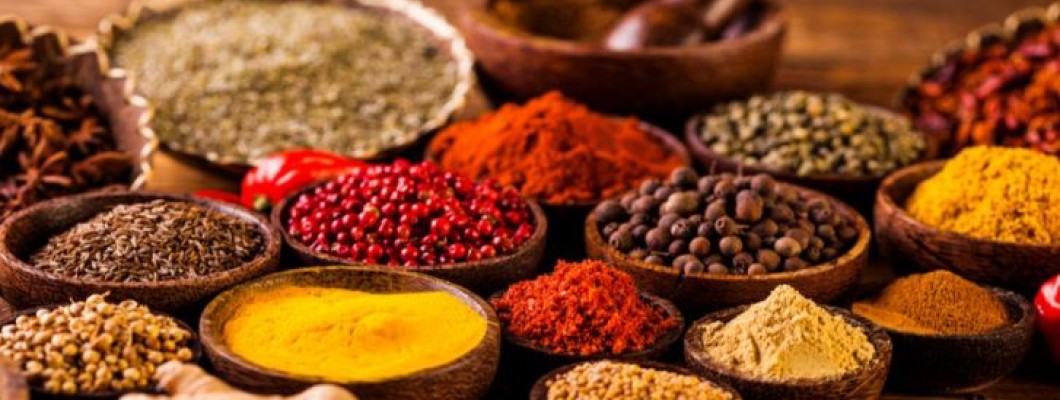
Comprehensive Guide to Ottoman Spices 2024
Spices are natural ingredients added to food to enhance flavor and distinguish each dish. They are used in small and precise quantities.
What are Spices
Many may not be aware of the meaning of the term "spices," which is often used interchangeably with "herbs," which actually refers to the name of ancient India.
Throughout history, India has been famous for its spices, known for preparing delicious dishes that have become essential elements in kitchens around the world.
When one thinks of Indian cuisine, the first association is often with spicy and flavorful dishes, due to the intensive use of spices. This stems from the historical connection of the country with spices.
The fame of Indian spices predates recorded history, dating back to about seven thousand years. According to Deleep Das, author of the Financial Economy of Asia, wars in ancient times revolved around spices, and the aroma of spices attracted Arab traders to the coasts of Kerala in South India, famous at that time for its high-quality spices.
Spices in the Middle East
As for spices in the Middle East, there is no doubt that Ottoman spices, or as they are now known, Turkish spices, are the most famous and in-demand in the region. They have gained a good international reputation since the late nineteenth century, making them globally famous products.
Turkish Spices
What are Ottoman spices?
Ottoman spices spread throughout the Ottoman Empire and are now referred to as Turkish spices. They were traded over vast distances. Initially, the Ottoman Empire benefited from trade routes, which served as a center between Europe, Asia, and the Middle East, to control various profitable trades, including spices.
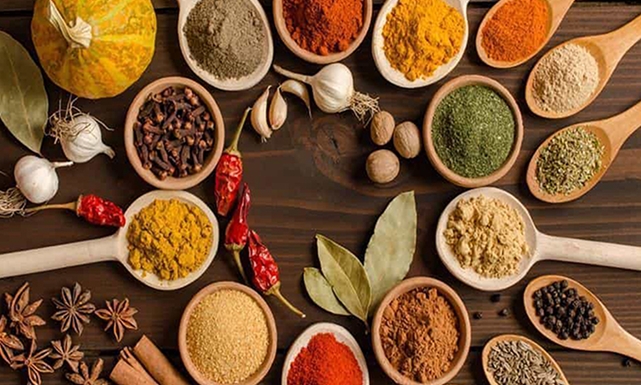
Turkish Spice Market in Istanbul
A visit to the spice market in Istanbul reveals the famous Turkish spices. The market and local markets in Turkey display piles of ground and fresh spices. You will notice a unique blend of varieties, with recipes dating back to the Ottoman era. These spices were originally exclusive to the kitchens of sultans and Ottoman dignitaries, later becoming essential elements in Turkish cuisine.
Most common uses of Ottoman spices
Ottoman spices are versatile ingredients used in a wide range of Turkish, Ottoman, and Arab dishes:
- Kebab and Kofta spices: Used to marinate minced meat for Turkish kebabs.
- Grilled chicken spices: Add a distinct taste and aroma when marinating grilled chicken.Shawarma spices: Enhance the flavor of meat slices in Turkish shawarma.
- Soup spices: Used to marinate meat, chicken, and vegetables in Turkish soup.Rice and pilaf spices: Gives rice a distinct flavor and aroma when
- used as a spice.
- Salad spices: Can be used to season salads, especially Turkish salad with tomatoes, cucumbers, onions, and green peppers.Pastry and pastry
- spices: Used to season dough and minced meat filling for pies and pastries.
- Barbecue spices: Ideal for marinating both large and small pieces of grilled meat.
- Fish spices: Enhance the flavor of grilled or fried fish.Potato spices: Enhance the taste of fried potatoes.
Benefits of Ottoman Spices
Many Ottoman spices work to boost the body's immunity, reduce inflammation, and protect against cell damage. Turkish spices also improve digestive function and contain antioxidants that help prevent cancer. Thanks to their rich flavor, Turkish spices facilitate choosing healthy foods instead of harmful fats, salt, or sugar. Turkish spices are commonly used to mask the unpleasant taste and odor of meats, poultry, and fish. Additionally, Turkish spices enhance metabolism, aiding in fat burning and weight loss. In addition to their nutritional benefits, Ottoman spices add a delicious aroma and are often used as garnishes for foods.
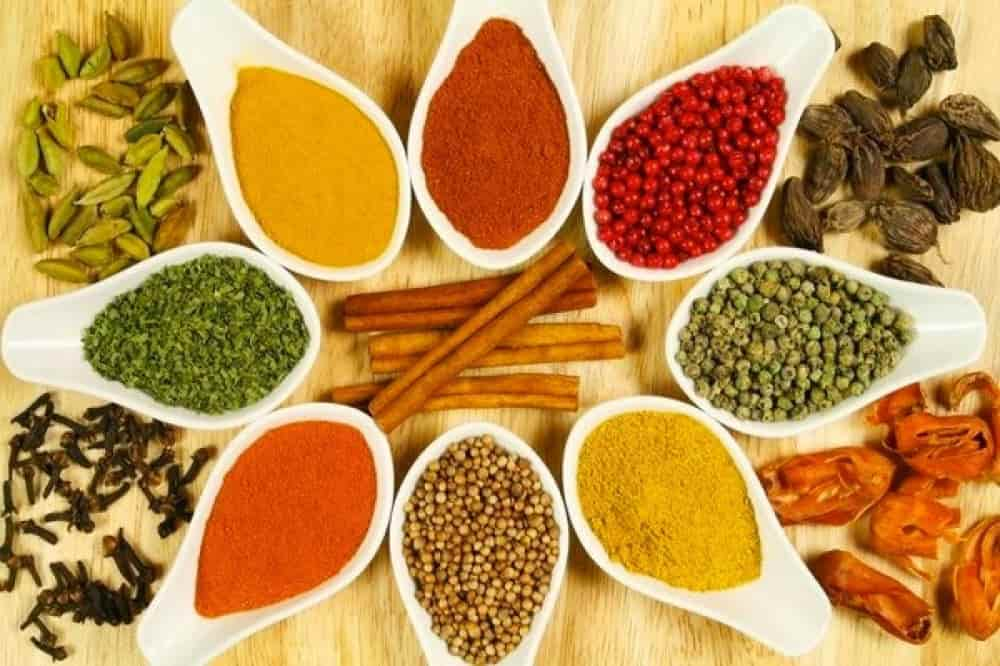
Most Popular Types of Turkish Spices
Turmeric Spices
Closely related to ginger and a key ingredient in curry spice. It is essential in Indian cuisine and can be used in various dishes such as vegetables, fish, rice, and chicken soup. Turmeric is known for its high content of curcumin, an antioxidant that reduces inflammation, alleviates pain, and may reduce the risk of heart attacks and Alzheimer's disease, according to research.Ginger Spices
Whether in root or powder form, it is a widely used spice added to many foods, including vegetables, pasta, meats, and tea. It is also known for its ability to soothe digestive problems and alleviate nausea.Curry Spices
Curry is a blend of various spices, so the ingredients may vary from region to region. Common curry ingredients typically include turmeric, coriander, cardamom, cumin, red pepper, and sweet basil.Cinnamon Spices
Also known as cassia, it is a type of spice obtained from the bark of an evergreen tree found in Burma. It is highly aromatic and contains sugar, starch, and essential oils used for medicinal purposes and to enhance flavors.Cloves Spices
Derived from the unopened buds of the clove tree, known for its pungent flavor and used in sauces, pickles, and meats.Nutmeg Spices
One of the famous spices, adding a hot and sweet flavor to cooked fruits, pies, sweet potatoes, toast, rice dishes, and more.Cumin Spices
An essential element in Turkish, Mexican, Indian, and Middle Eastern cuisine, Cumin used in various dishes such as beef, lamb, tomato sauce, bean dishes, chili peppers, and more. It belongs to the parsley family and is characterized by its slightly bitter and pungent taste.Oregano Spices
A type of dried thyme, widely used in Italian, Greek, or Mexican cuisine.Basil Spices
One of the members of the mint family, with green leaves. It is characterized by its sweet and sour taste resembling the taste of cloves. Widely used in Italian cuisine with pasta and pizza.Bay Leaf Spices
Also known as laurel leaf, widely used in preparing chicken or meat broth, or in stew.Coriander Spices
From the parsley family, it has a somewhat pungent taste and is widely used in Mexican and Spanish recipes.Paprika Spices
Dried sweet pepper. It has a sweet taste with a little heat. It is used with potatoes, salads, or soup.Saffron Spices
Considered one of the most expensive spices, characterized by its fragrant smell. It is widely used in Gulf cuisine with rice or chicken.Read more about curry spices and how to use them
Buying Turkish Spices Online
Now you can enjoy the flavor of Turkish and Ottoman spices fresh from your country through Sweet Saray store, which specializes in sourcing and delivering original Turkish products to your doorstep wherever you are in the world.In conclusion, we find that this rich heritage is an integral part of Ottoman history and culture. The use of spices in Ottoman cuisine was not just about adding flavor but was a vital element in defining the culinary and cultural identity of this great empire.
Through these unique spices, Ottoman chefs were able to create unparalleled dishes, where flavors were skillfully blended to bring unique and delicious cooking experiences. These spices also reflect the extensive cultural exchange witnessed by the Ottoman Empire with various cultures and peoples that were influenced by its charm.

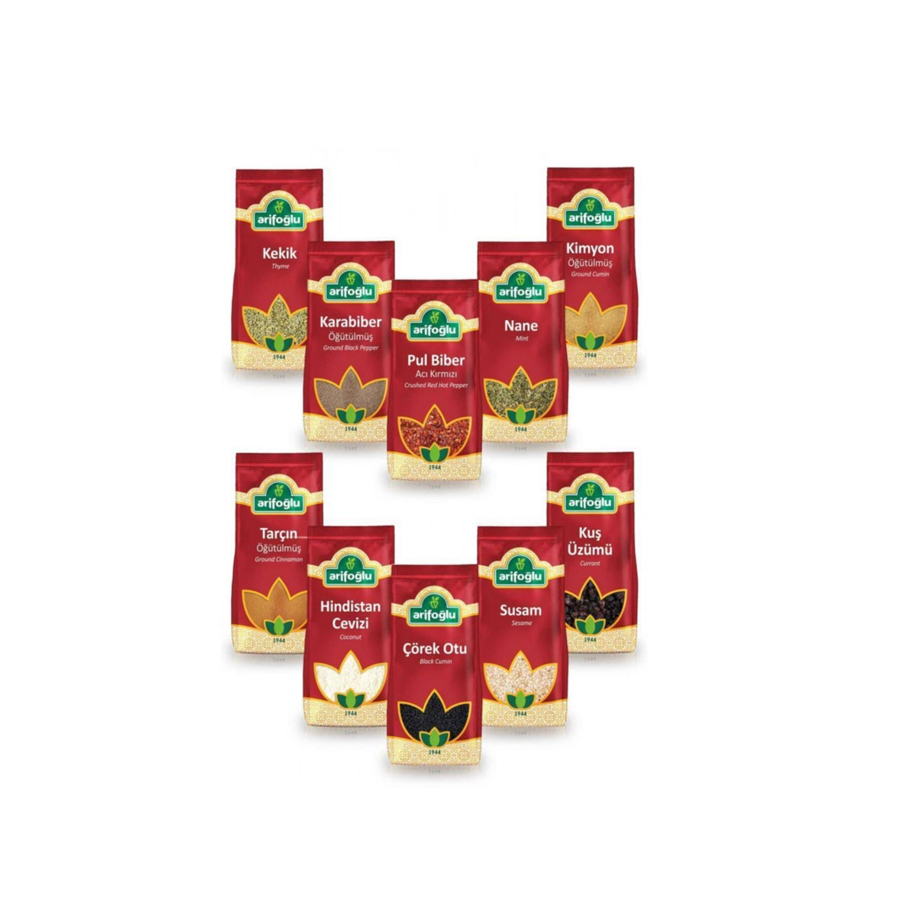
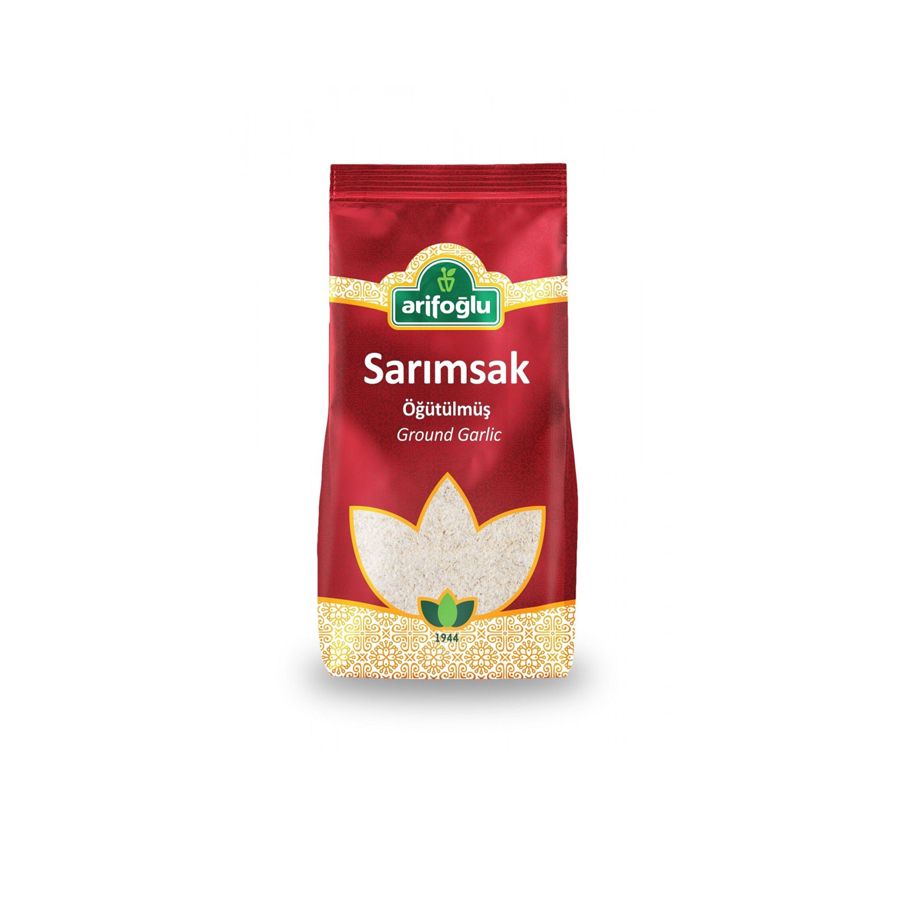
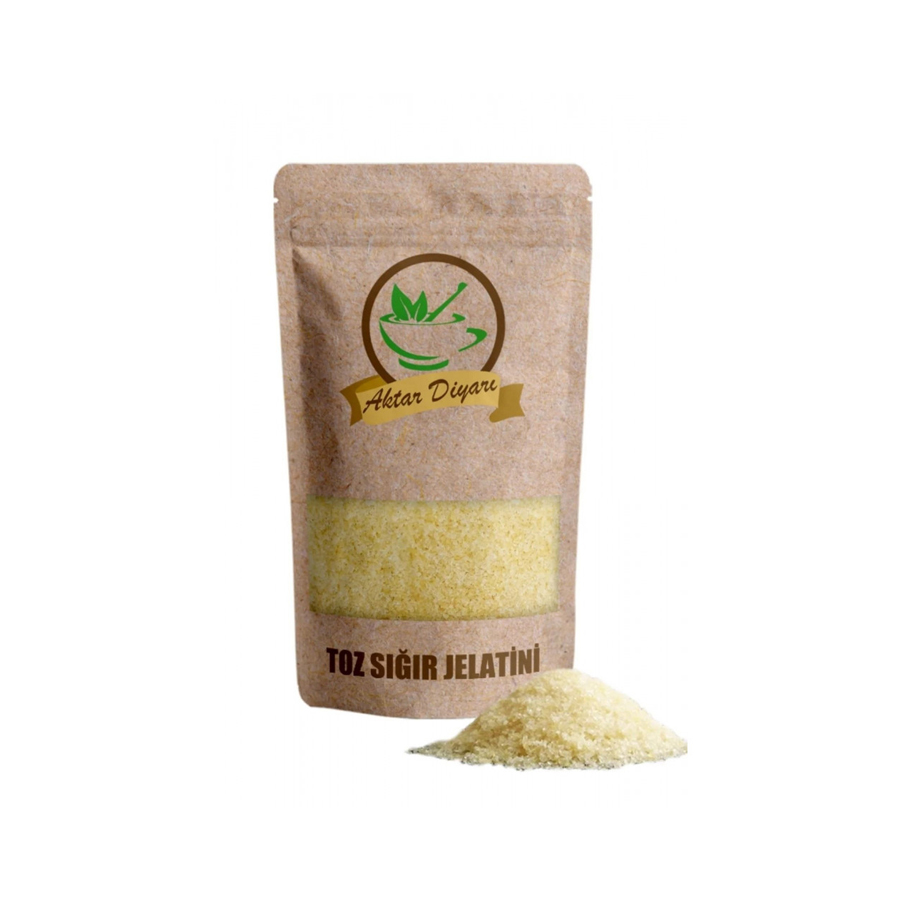
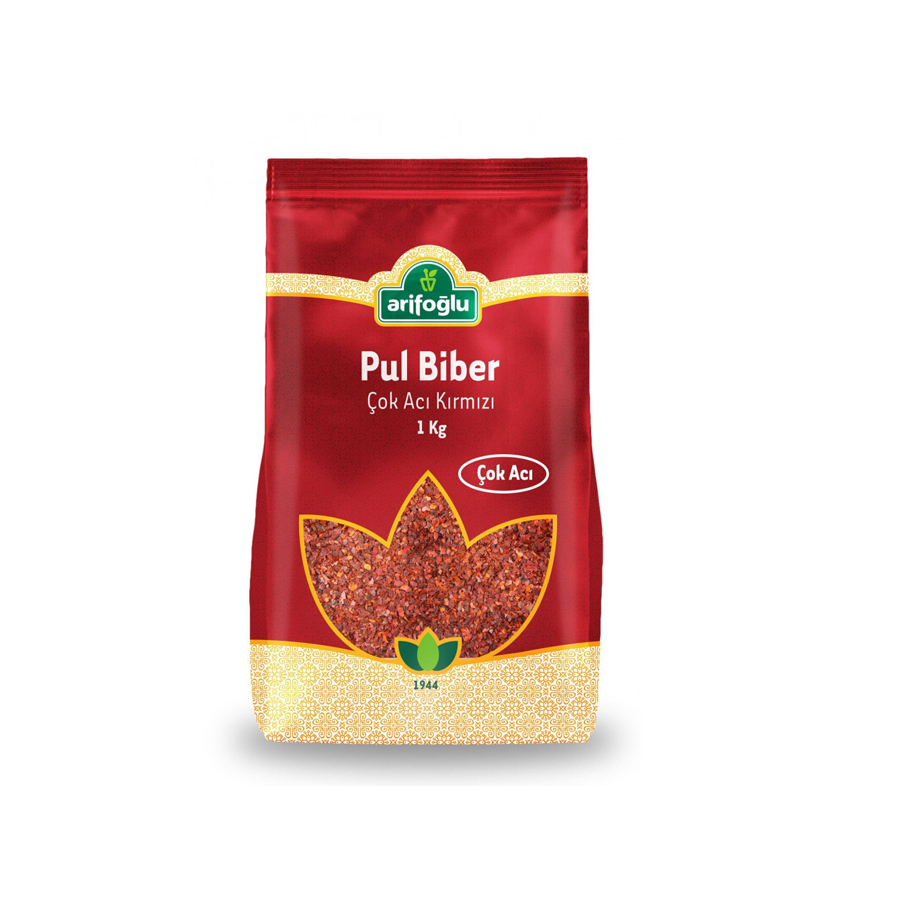
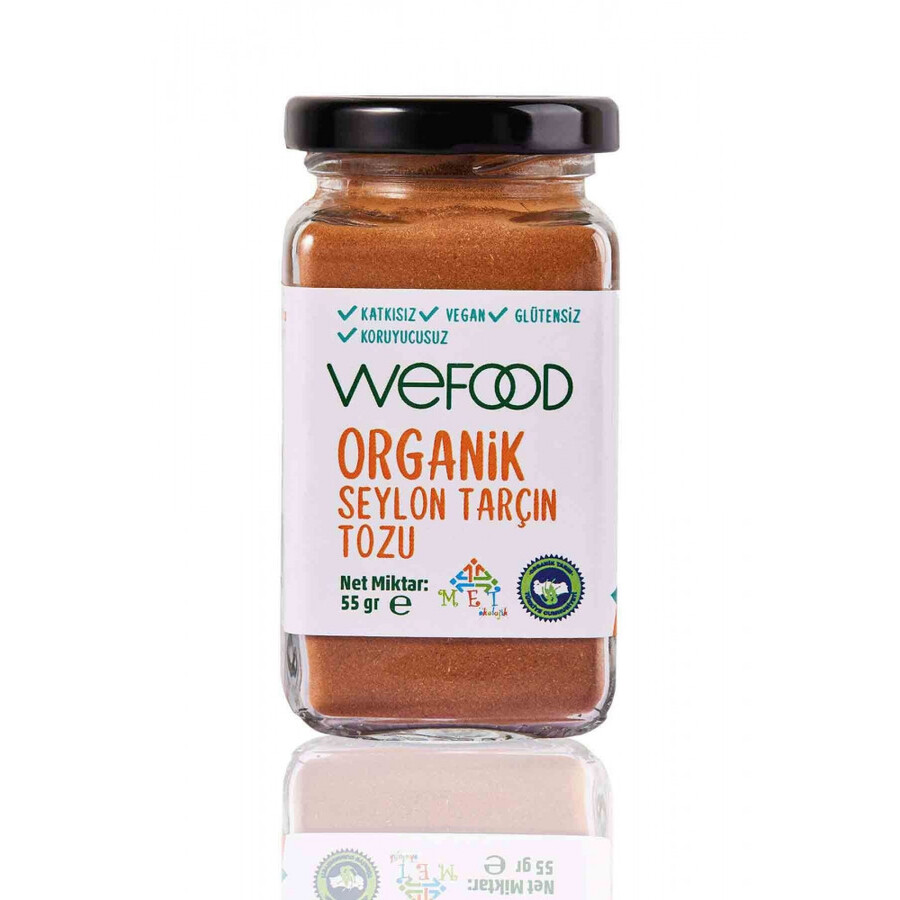
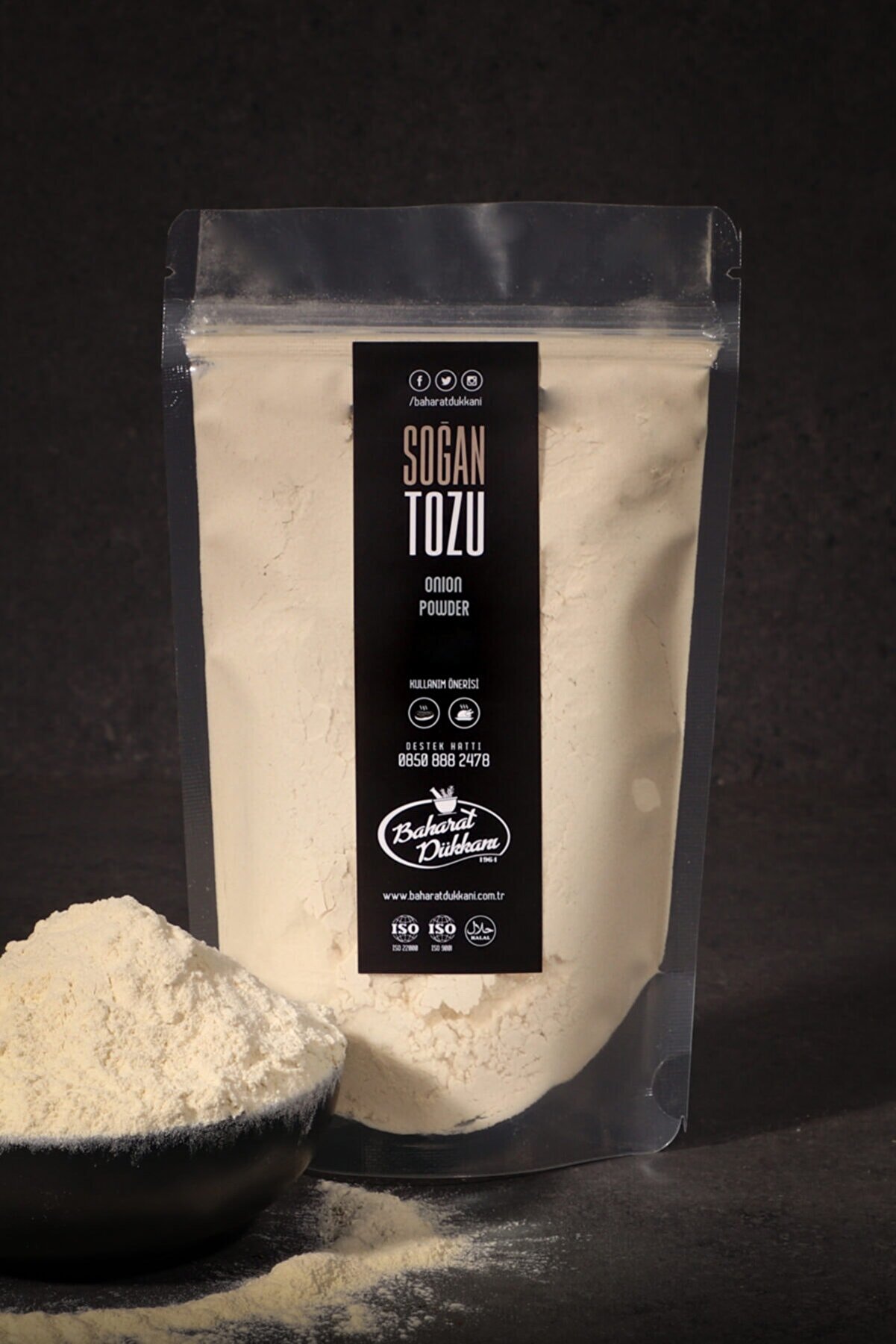
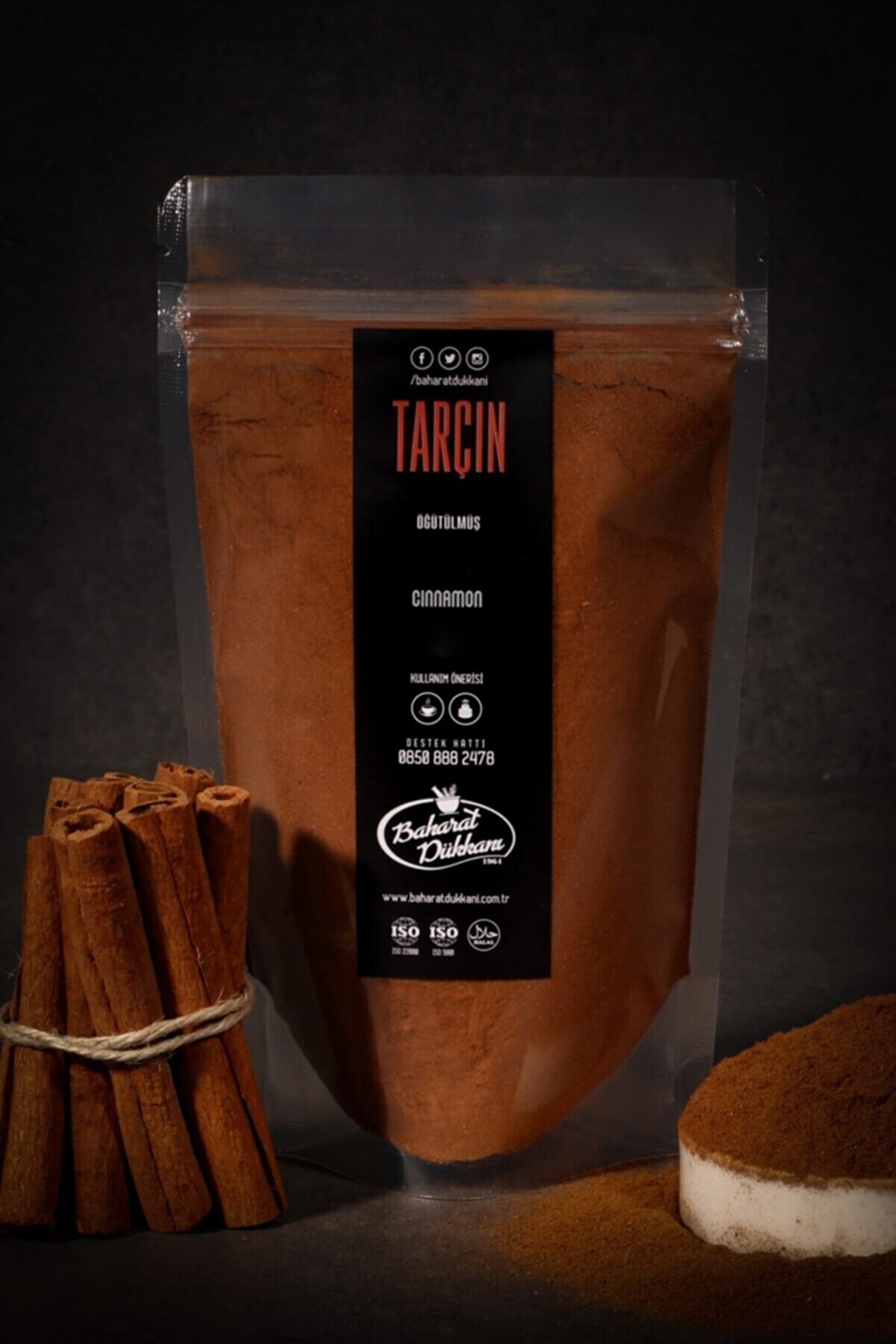
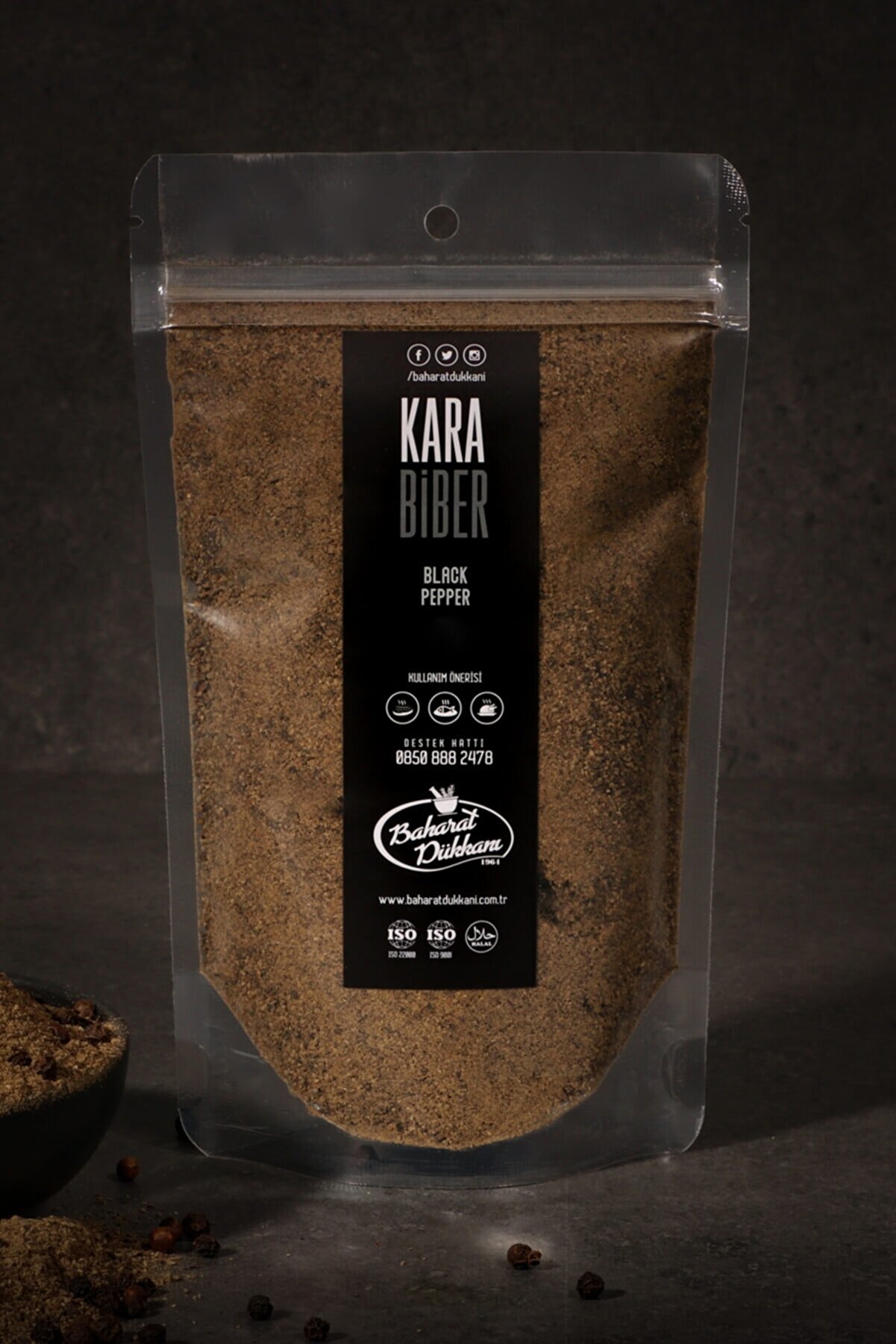
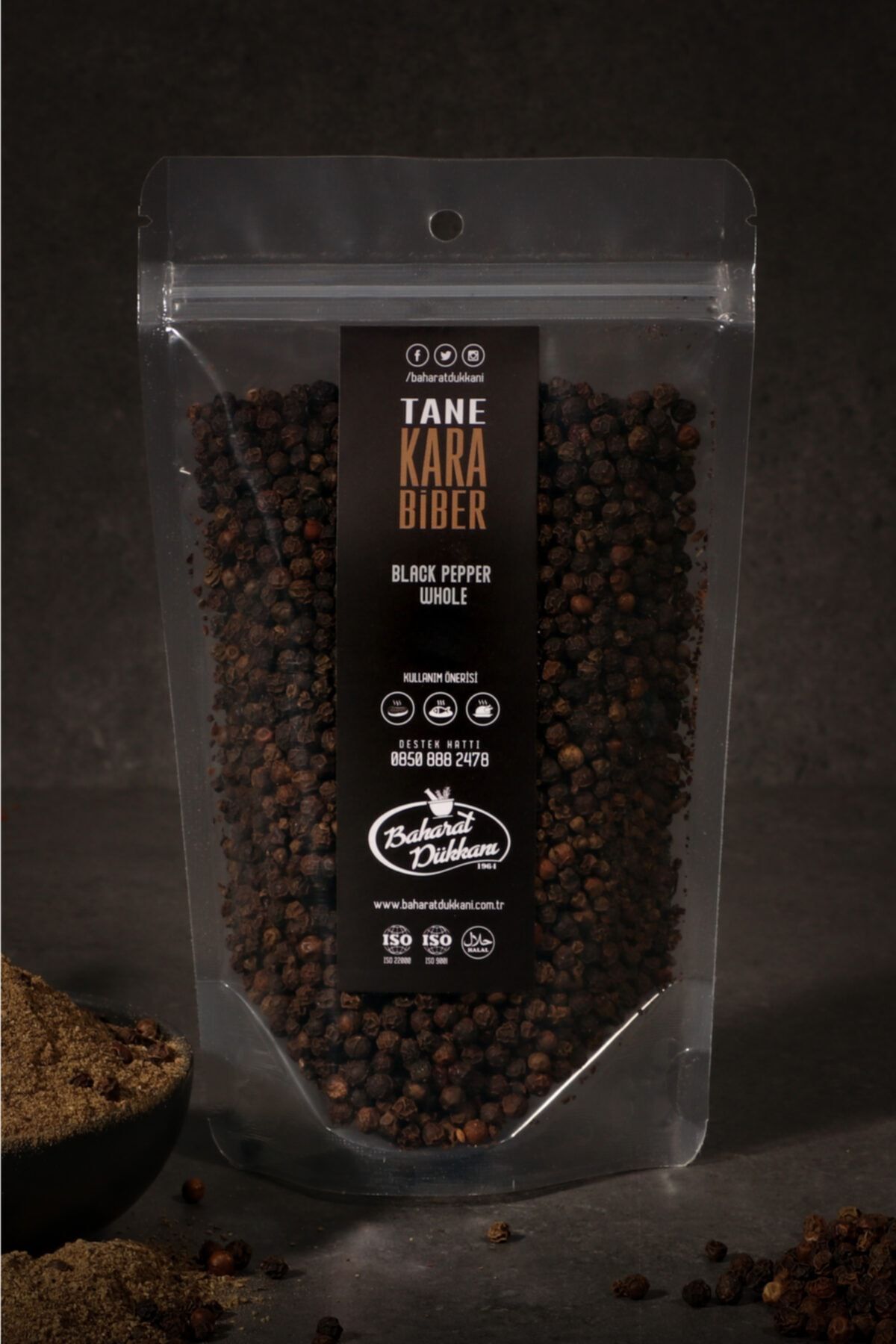
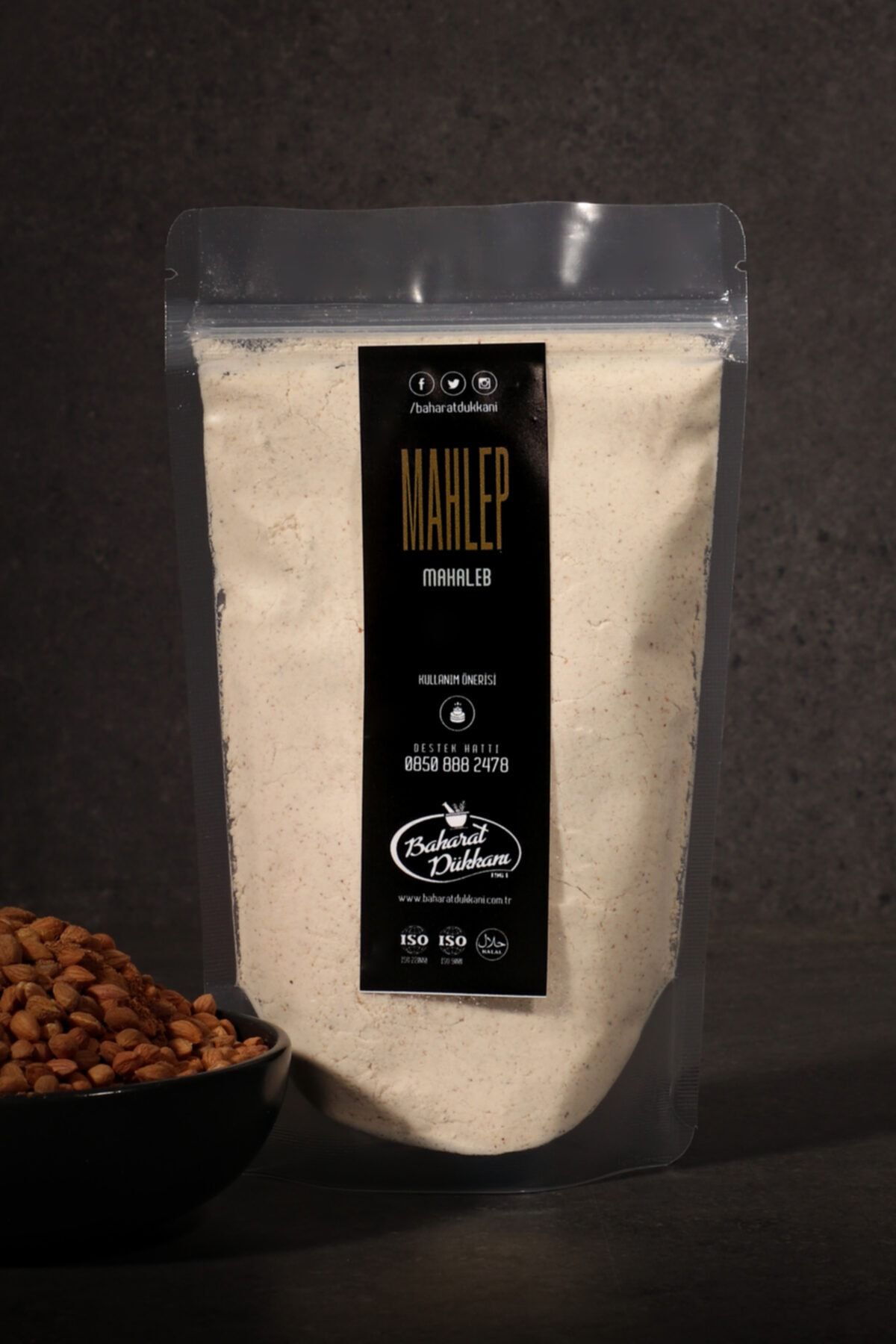
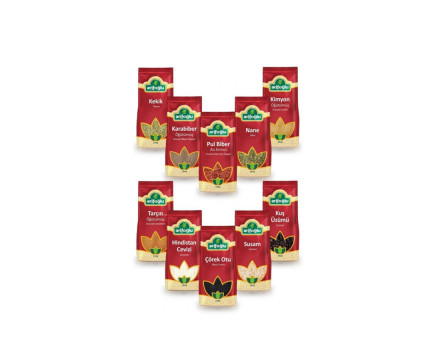
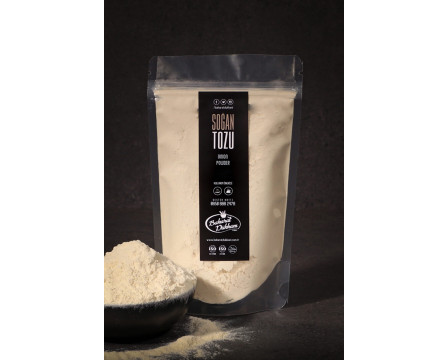
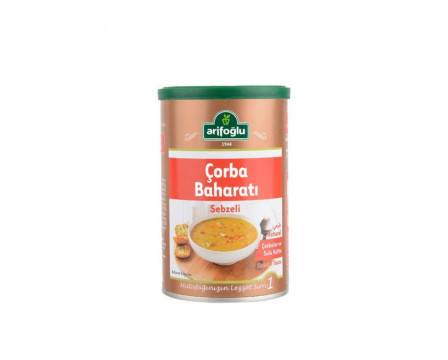
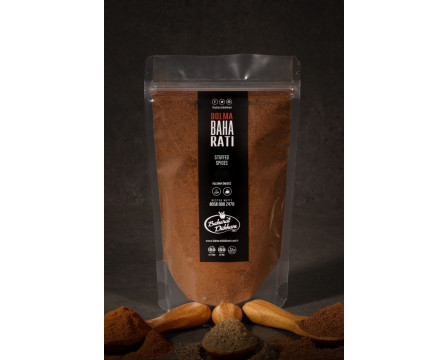
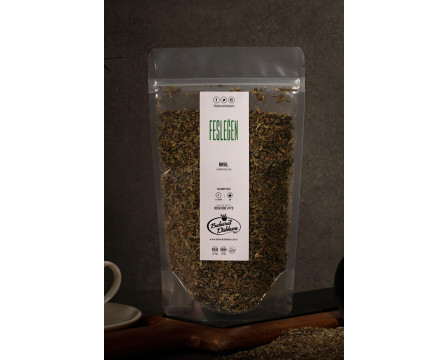
Leave a Comment